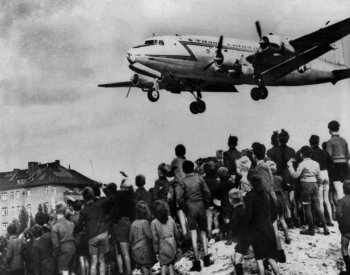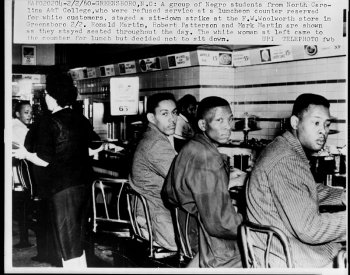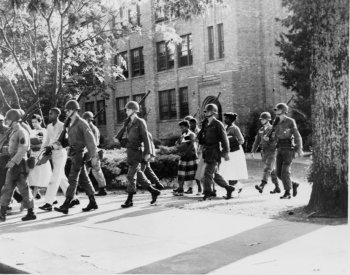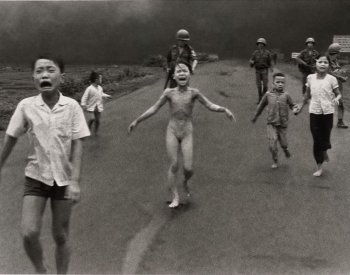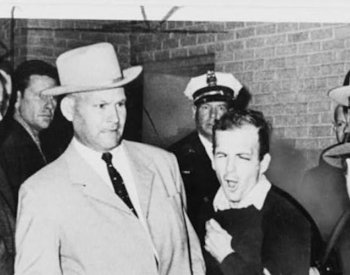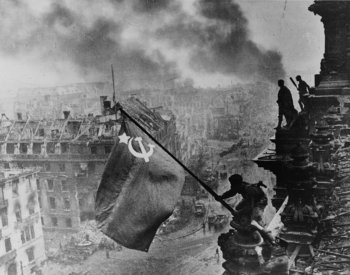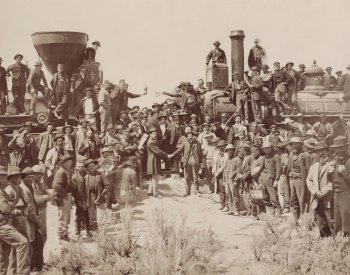To answer this question correctly, students must identify the event depicted in an iconic historical photograph and explain why the photograph is historically significant. For the first question, successful students will explain that the image depicts a civil rights protest by American track athletes at the 1968 Olympics. For Question 2, successful students might choose to elaborate on one or more of the following:
- Their protest evoked a strong response from people in the United States, inspiring some and angering others.
- Their protest, and images of it, became a recognizable cultural symbol of the courage and conviction of civil rights activists.
- Their protest likely influenced other civil rights protests, particularly protests during the national anthem.
Level: Proficient
Question 1
Student clearly and specifically identifies the event depicted in the photograph.

Student correctly identifies the event.

Student correctly identifies the event.
Question 2
Student clearly and specifically explains why the event was historically significant.

Student clearly identifies a reason why the event depicted was significant.

Student clearly identifies a reason that the event was historically significant.

Student clearly identifies why the event was significant.
Level: Emergent
Question 1
Student provides some correct information relevant to the event but does not clearly identify the event.


Question 2
Student correctly elaborates on the event but does not clearly or completely explain why the event is historically significant.

Student’s statement is correct but does not fully explain why their protest was historically significant.

Student is on the right track but doesn’t fully explain why the event was historically significant.
Level: Basic
Questions 1
Student provides incorrect or irrelevant information about the event, is overly vague, only restates the background information provided in the assessment, or only describes the photograph.

Student describes the content of the photograph but gives no indication they are familiar with the specific event.

Student is overly vague and does not specifically identify the event.
Question 2
Student does not provide a correct explanation for why the event depicted was historically significant.

Student mistakenly believes that the event was a breakthrough for African American participation in U.S. athletics.
Student incorrectly believes that this was a display of American unity or power after an athletic triumph.

Student incorrectly asserts that this event represents acceptance of racial differences.
Student also incorrectly asserts that this event represents an increase in diversity.
